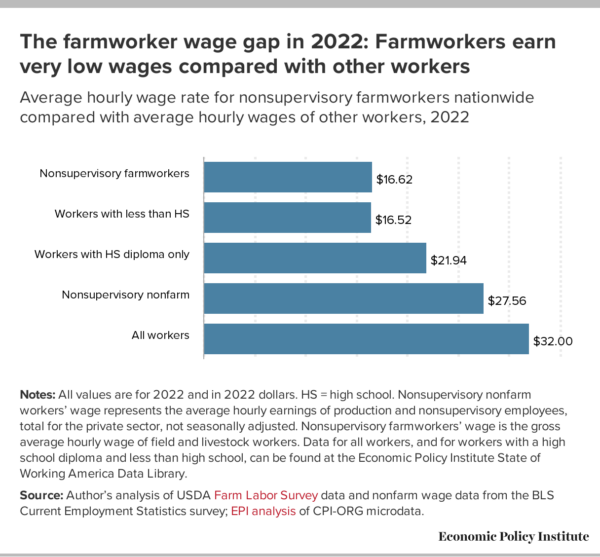|
News Bits
The U.S. soybean harvest made a big jump over the past week. That followed generally favorable harvest weather in much of the Midwest and Plains, but some areas are expected to see rain delays later this week.
The USDA says that as of Sunday, 43% of U.S. soybeans are harvested, compared to 23% a week ago and the five-year average of 37%, with 93% of the crop dropping leaves and 51% rated good to excellent, down 1%.
34% of corn is harvested, compared to 23% a week ago and 31% on average, with 89% mature and 53% of the crop called good to excellent, unchanged.
57% of winter wheat is planted and 29% has emerged, both close to normal.
25% of cotton is harvested, with 82% of bolls opened, near the respective usual paces, with 32% of the crop in good to excellent condition, up 2%.
82% of rice is harvested, compared to 79% on average.
44% of sorghum is harvested and 81% is mature, ahead of the typical rates, with 42% of the crop rated good to excellent, 1% higher than last week.
35% of U.S. pastures and rangelands are in good to excellent shape, steady with the prior week, but with 1% moving from excellent down to good.
The USDA's weekly crop progress and condition reports are scheduled to run through the end of November.
‘Beer is so old that we don’t know how old it is’: Brewing evolution from the Stone Age to the era of craft beers
Bonnie Berkowitz, Leslie Shapiro, Manuel Canales, Tim Meko | Washington Post
Beer is so old that we don’t know how old it is. Most of the earliest known cultures brewed it, and some scholars believe that it was the quest for beer, not bread, that motivated our hunter-gatherer ancestors to settle down and cultivate grain.
The first beer probably came from Africa, because that’s where the first people were, said Patrick McGovern, a biomolecular archaeologist at the Penn Museum and a longtime authority on ancient fermented beverages.
Beer is basically fermented grain. First, moisture makes the grain sprout, priming its enzymes to transform starch into sugar. Yeast then converts the sugar into alcohol.
Humans would have discovered this process by happy accident, probably in many places around the world at different times: A pile of grain sat out in the rain and sun, some wild yeast latched onto its sugar, and a few days later — whoa!
They learned to replicate the process, creating beer traditions nearly everywhere.
Although no evidence has been found of a Paleolithic African brew — “the Holy Grail of fermented beverages,” according to [Patrick] McGovern — he suspects it would have been made from wild millet or sorghum, grains long cultivated and used for beer in Africa, and flavored with whatever grew nearby.
This is an excerpt. Read the original post here
‘Merchants of misinformation’: Nigeria survives activist lobbying, embraces crop biotechnology
Odimegwu Onwumere | Nigerian Voice
Biotechnology is currently facing controversial challenges due to merchants of misinformation, but the importance of Genetic Modification in advancing agriculture cannot be overstated. Odimegwu Onwumere examines that biotechnology is now viewed as a necessity rather than a choice.
Dr. Rose Gidado, the Nigeria chapter coordinator of the Open Forum on Agricultural Biotechnology (OFAB) in Africa, urged the media to assist in raising awareness among Nigerians and farmers about the true essence of modern biotechnology. She emphasized the importance of farmers during this period of commercialization.
“Biotechnology is currently encountering controversial challenges on a global scale due to the dissemination of misinformation by anti-biotechnology activists,” she said. In addition, Gidado noted that it is important to mention that there has been no recorded evidence of any harm inflicted upon humans, animals, or the environment since the introduction of this technology over twenty years ago.
The authorization for the commercial release of Pod-Borer Resistant Cowpea (PBR cowpea; AAT709A) was granted in January 2019. Towards the end of 2020, the NBMA issued guidelines on gene editing, and on October 8, 2020, the cultivation of TELA maize (drought and insect tolerant) was authorized. Nigeria also became the first African nation to introduce gene editing guidelines in December 2020.
This is an excerpt. Read the original post here
Is organic food worth higher prices? A Harvard researcher advises on how to sidestep the con, save money and eat healthier
Emily Joshu | Daily Mail (UK)
Organic foods, valued at over $75 billion, have long been touted as superior to conventionally grown foods, with some studies claiming they have added health properties and can ward off disease.
More than two-thirds of Americans believe these foods, which claim to be grown with fewer pesticides and often cost significantly more than regular food, are healthier.
However, Dr Robert Paalberg, professor in the Sustainability Science Program at Harvard University, said that evidence suggesting organic food is more nutritious is unreliable, and consuming fewer pesticides may not have an impact on health.
‘There is no reliable evidence showing that organically grown foods are more nutritious or safer to eat,’ he said.
‘If we follow science, organic food loses its apparent advantage.’
Dr Paalberg pointed to a 2012 review from Stanford University, which looked at 237 studies on organic food. The researchers found no convincing differences in nutrients or health benefits between organic and conventional foods.
Still, about 40 percent of Americans believe at least some of the food they eat is organic, according to Pew Research data. And 68 percent believe organic food is healthier than conventionally grown options.
This could be due to organic food’s higher price tag, as well as some studies that suggest it could be healthier.
This is an excerpt. Read the original post here
|
 STUDY REPORTS FARMWORKERS MAKE SUBSTANTIALLY LESS THAN ALL WORKERS
STUDY REPORTS FARMWORKERS MAKE SUBSTANTIALLY LESS THAN ALL WORKERS STUDY REPORTS FARMWORKERS MAKE SUBSTANTIALLY LESS THAN ALL WORKERS
STUDY REPORTS FARMWORKERS MAKE SUBSTANTIALLY LESS THAN ALL WORKERS